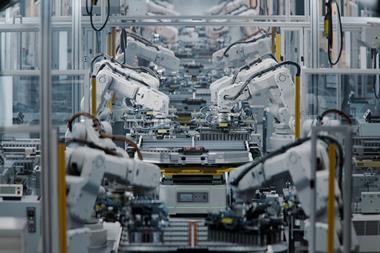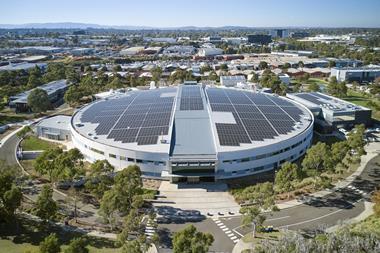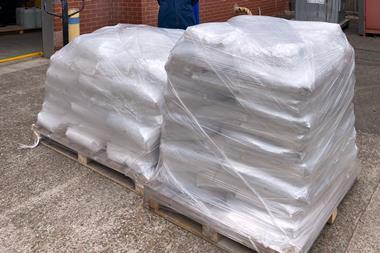Government to put over $1 billion towards reinstated clean energy project shelved under previous administration
The US flagship clean coal project is being resurrected under the Obama administration, after being abandoned by the previous White House early last year. The Department of Energy (DOE) announced plans on 12 June to revive the FutureGen programme - an effort to build the country’s first commercial-scale, ’fully integrated’ carbon capture and sequestration project in Mattoon, Illinois.
’This important step forward for FutureGen reflects this administration’s commitment to rapidly developing carbon capture and sequestration technology as part of a comprehensive plan to create jobs, develop clean energy and reduce climate change pollution,’ DOE secretary Steven Chu stated.
DOE’s action is not entirely unexpected. When Obama was a senator he championed the FutureGen initiative; he was one of several lawmakers from Illinois who contacted the Bush administration in February 2008 to protest its decision to cancel the project.
A year later, the congressional Government Accountability Office concluded that the project had been abandoned as a result of basic errors in cost estimate comparisons. At the same time, the House of Representatives’ Science and Technology Committee concluded that Bush’s DOE intentionally relied on inaccurate cost figures to derail FutureGen. These two reports led Chu to take another look at the programme when he came to office earlier this year.
Second chance
DOE intends to restart FutureGen’s preliminary design efforts and budget analysis process in July. The department expects to commit over $1 billion (?0.6 billion) to the project, which will be financed with federal economic stimulus funds. The FutureGen Alliance - a consortium of international power companies responsible for designing, building and operating the facility - will contribute between $400 and $600 million. The figure is based on a goal of 20 member companies each providing a total of $20 to $30 million over four to six years.
Following detailed cost estimates and fundraising activities, DOE and the FutureGen Alliance will make a decision about FutureGen’s ultimate fate in early 2010.
The move to restart FutureGen is backed by the American Coalition for Clean Coal Electricity (ACCCE), a non-profit partnership of companies involved in producing electricity from coal. The group hopes that the project will become a blueprint for the coal-based electricity sector of the future.
However, some argue that the government’s investment in FutureGen of more than twice the industry input is too large, and suggest that both sectors should shoulder at least an equal burden.
Disproportionate burden
’Should this prototype plant be proven successful and be commercialised, the private companies involved would benefit greatly,’ says John Gartner, an industry analyst with the Pike Research clean technology consulting firm based in Boulder, Colorado, US. ’The government isn’t in the business of operating power plants.’
Opponents of FutureGen argue that coal by its nature can never be ’clean’, because of the way it is used to generate energy and the strong environmental impact associated with its extraction. They also contend that the project’s price tag is too high for taxpayers to finance the lion’s share.
FutureGen does face significant obstacles, including the technical challenge of proving that carbon dioxide can be effectively sequestered and stored underground. There is also a financial hurdle that must be overcome. If the technology turns out to be more costly than renewable energy, it might not appear to be a worthy investment for government or private industry.
Meanwhile, DOE is soliciting proposals to capture and sequester carbon dioxide from chemical companies and other industrial sources and ’put CO2 to beneficial use’. In a 15 June funding announcement, the department says it is seeking projects aiming to develop advanced technologies that prevent carbon dioxide being emitted into the atmosphere.
DOE expects to fund multiple awards for these cost-shared projects, anticipating providing more than $1.4 billion in funds appropriated by the economic stimulus bill. The total investment, including an additional 20 per cent or more contributed by the award recipients, is expected to create more than 3,000 jobs over six years.
Rebecca Trager, US correspondent for Research Europe






No comments yet